Seafood exports are considered a bright spot in the country's import-export picture in the first 9 months of 2024. An important contribution to the export results of the industries in recent times is the implementation of many solutions to maximize the opportunities from the FTAs that Vietnam has signed, including the Vietnam - European Union (EU) Free Trade Agreement.
However, according to experts, many Vietnamese seafood exporting enterprises have not yet fully utilized the advantages and potential of these agreements. Mr. Nguyen Hoai Nam - Deputy General Secretary of the Vietnam Association of Seafood Exporters and Producers shared with reporters of the Industry and Trade Newspaper about this content:
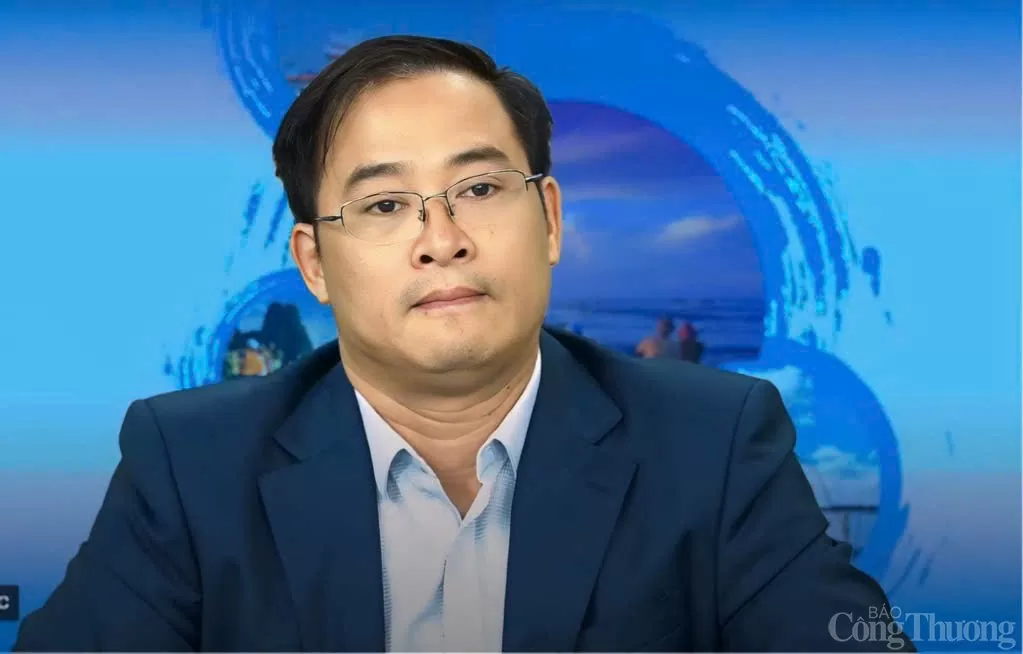 |
| Mr. Nguyen Hoai Nam - Deputy General Secretary of Vietnam Association of Seafood Exporters and Producers |
In the first months of 2024, seafood exports are considered a bright spot in the country's import-export picture. So can you provide more information about the seafood export situation in the first 9 months of 2024? What are the "star" products of the whole industry?
In the first 9 months of 2024, Vietnam's seafood exports reached about 7.16 billion USD, an increase of about 8.5% over the same period. This is a relatively impressive figure, "recovering" the difficulties of the past year due to inflation.
The seafood export items that were the “stars” last year were those in which we had advantages in farming, quality, and production of value-added products. That was shrimp.
Vietnam's shrimp exports are very diverse, including both black tiger shrimp and white-leg shrimp. Of which, white-leg shrimp accounts for the majority of export volume. Of which, shrimp with HS code 16 (deeply processed shrimp - value-added processed products) currently accounts for about 70% of shrimp exports by value in the value-added product category. This result has increased the competitiveness of white-leg shrimp when exported to the world.
We have now exported to more than 160 markets. Of these, three markets with large volumes, worth billions of USD, are all markets with which Vietnam has bilateral and multilateral free trade agreements (FTAs). One is the CPTPP market area, accounting for about 25% of the total seafood export turnover. The second is the European market with EVFTA accounting for about 10%, and the third is the Korean market with the VKFTA agreement accounting for about 9%.
All three markets are clubs, market areas with export turnover of about 1 billion USD or more. Besides the bright spot of shrimp export, tuna export is currently facing many barriers.
The EVFTA agreement gives Vietnam a quota of about 11,500 tons with 0% tax, provided that the fish must be Vietnamese and have a pure C/O. Domestic seafood exporting enterprises have been taking full advantage of the incentives from the EVFTA.
However, Vietnam's tuna exports are currently facing local challenges at this stage. Because 85% of Vietnam's tuna is skipjack tuna, mainly in the Central provinces. From July to October every year is the peak season for fishing to serve exports during Christmas and the following year's crop season. We have a quota of 11,500 tons to export to the EU, but we do not have enough raw material supply. This is the biggest problem in seafood exports today.
In addition to market advantages, the success of seafood exports also comes from making good use of Free Trade Agreements (FTAs). In your opinion, what are the issues that the seafood industry needs to pay attention to in order to further improve the effectiveness of FTAs?
In addition to the issue of inputs, breeds, orders, market information, etc., brand building is an issue that businesses and the seafood industry need to focus on and make efforts to promote. Because from production to export, we have done it, have integrated and have better "playing fields" than our competitors thanks to FTAs. However, to "play" and "play better" in this field, we must have "strength". "Strength" here is the product brand, the industry brand.
Each export product must have a certain level of competitiveness. Competitiveness is linked to product quality, social and environmental responsibilities… these are requirements that businesses and the seafood industry have had to go through over the past 10 years to meet the requirements of the import market.
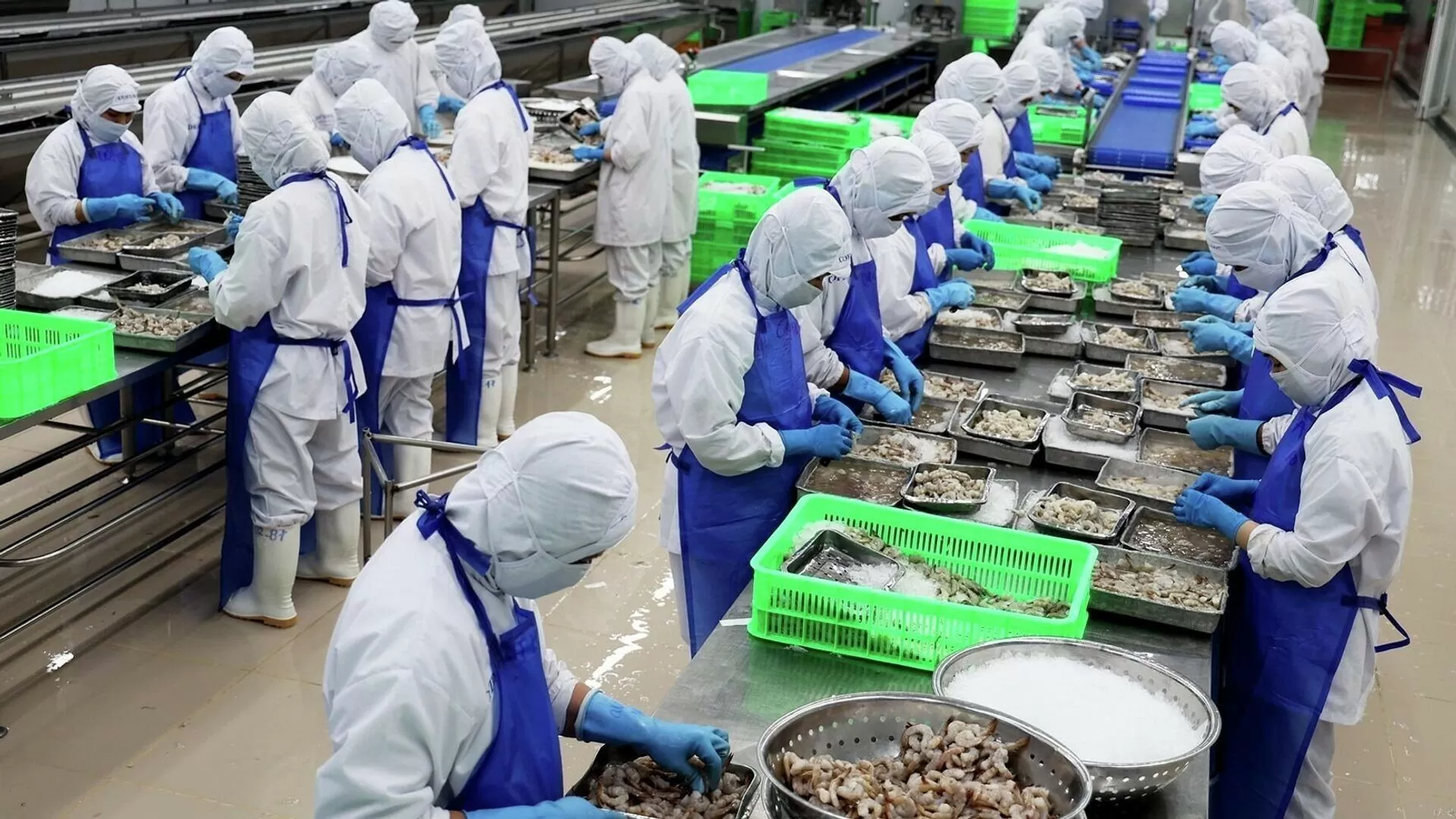 |
| Shrimp is one of Vietnam's main export products. Illustrative photo. |
But here, the story of brand building will be associated with decisions, stories of importing and selling goods of Vietnamese enterprises for distribution in European or American markets. Product brands, industry brands will be associated with the purchasing decisions of retailers or influence and determine the purchasing needs of consumers. Consumers often buy branded goods to know the origin, quality of goods...
In the coming time, the seafood industry must continue to make efforts to build its brand. To do this, it needs the support of ministries, sectors, the business community and localities.
Building a brand cannot be done in a day or two, but requires a process. Building a brand starts from the production and export chain, from farmers to processors, exporters... The brand of goods will determine the needs of buyers, from consumers to retailers to importers.
It is known that in order to improve the effectiveness of FTA utilization, the Government has assigned the Ministry of Industry and Trade to coordinate with ministries, branches, localities and associations to develop an FTA utilization ecosystem. How do you evaluate the FTA utilization ecosystem model for the fisheries sector that the Ministry of Industry and Trade is building? Is this ecosystem really a fundamental solution to the problems facing the fisheries sector?
The ecosystem of utilizing FTAs for the seafood industry will be a new, fundamental, and important approach to help export enterprises and the entire seafood industry better utilize incentives from FTAs to boost exports.
In a production and export process chain, one entity cannot solve all the problems. Therefore, we must coordinate together, with the same goal of increasing the competitiveness of export products and trying to make better use of the incentives brought by FTAs.
For example, shrimp. Shrimp is the main export product of the industry. But we need to increase the competitiveness of this product further.
Regarding the issue of seeds and diseases, most shrimp farmers are currently facing the problem of IHB disease, which causes shrimp to grow slowly and become stunted. Based on many years of experience in research and farming, we know that the root cause of this disease may lie in the seed stage. In the seed stage, in the Ministry of Agriculture and Rural Development, the Department of Fisheries alone cannot solve the problem, but requires coordination from the Department of Animal Health, localities and related parties, especially shrimp farmers - the subjects who decide the direction and direction of investment...
I want to emphasize that here we need to coordinate and combine to become an ecosystem, with entities participating in the production and export process to solve problems together, to reach the ultimate goal of increasing competitiveness and making better use of FTAs.
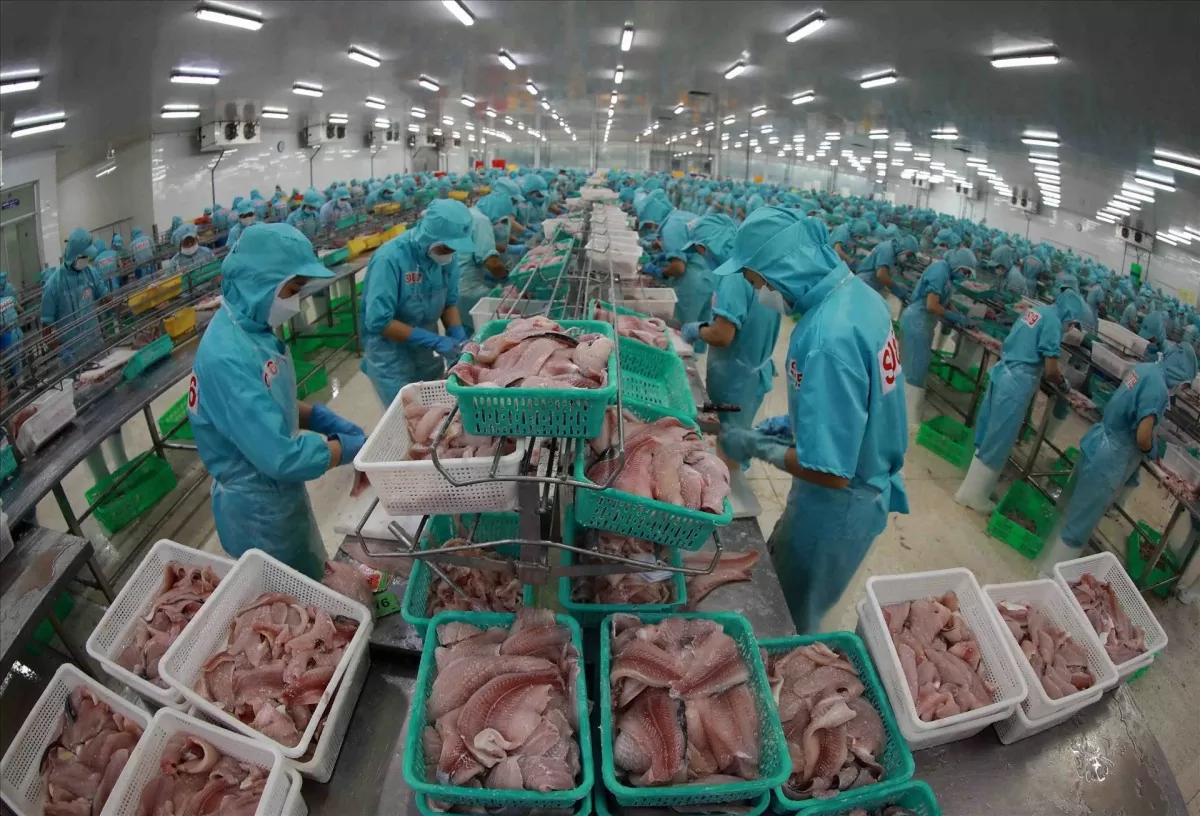 |
| Building an FTA ecosystem for industries, including seafood, will increase the capacity of products and industries and take advantage of market opportunities that Vietnam already has FTAs for. Illustrative photo |
We must work together, face and resolve challenges together to boost exports. If we do not resolve these barriers soon, we will not be able to maintain export output and quality, nor will we be able to take advantage of the incentives from FTAs, and this “playground” may lose market share.
How do you evaluate the role of the Fisheries Association in the ecosystem model to take advantage of the FTA? What will the Association do to effectively coordinate with other entities in the ecosystem?
The Vietnam Association of Seafood Exporters and Producers strongly supports and also wants to participate in the model of building an FTA ecosystem for industries, including seafood. In the immediate future, as the Ministry of Industry and Trade shared earlier, we will pilot in some regions and industries.
The Association is ready to coordinate with the Ministry of Industry and Trade and relevant ministries and branches to participate in building an FTA ecosystem model to contribute to completely solving practical problems of the fisheries industry.
The coordination between the subjects in the process of building the ecosystem is aimed at the common goal of solving internal problems, increasing the capacity of products and industries and taking advantage of market opportunities that Vietnam has FTAs.
FTAs have created large “playgrounds” for export enterprises, these are advantages and we must strive to gain and maintain market share. The Association will play an active role in the Working Groups to build this ecosystem model.
Thank you sir!.
Source: https://congthuong.vn/xay-dung-he-sinh-thai-nganh-thuy-san-chia-khoa-giai-bai-toan-tang-co-hoi-tan-dung-fta-352204.html


![[Photo] Phuc Tho mulberry season – Sweet fruit from green agriculture](https://vstatic.vietnam.vn/vietnam/resource/IMAGE/2025/4/10/1710a51d63c84a5a92de1b9b4caaf3e5)


![[Photo] Looking back at the impressive moments of the Vietnamese rescue team in Myanmar](https://vstatic.vietnam.vn/vietnam/resource/IMAGE/2025/4/11/5623ca902a934e19b604c718265249d0)
![[Photo] Summary of parade practice in preparation for the April 30th celebration](https://vstatic.vietnam.vn/vietnam/resource/IMAGE/2025/4/11/78cfee0f2cc045b387ff1a4362b5950f)

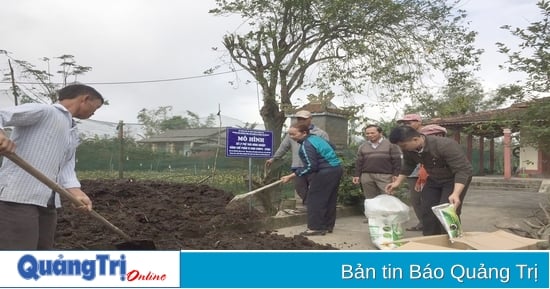

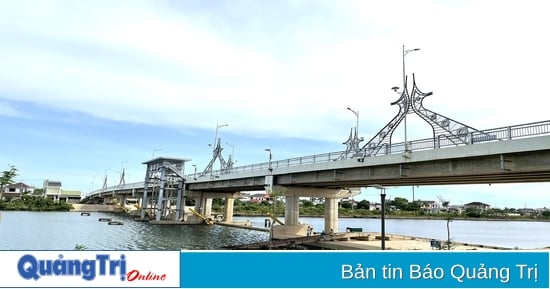
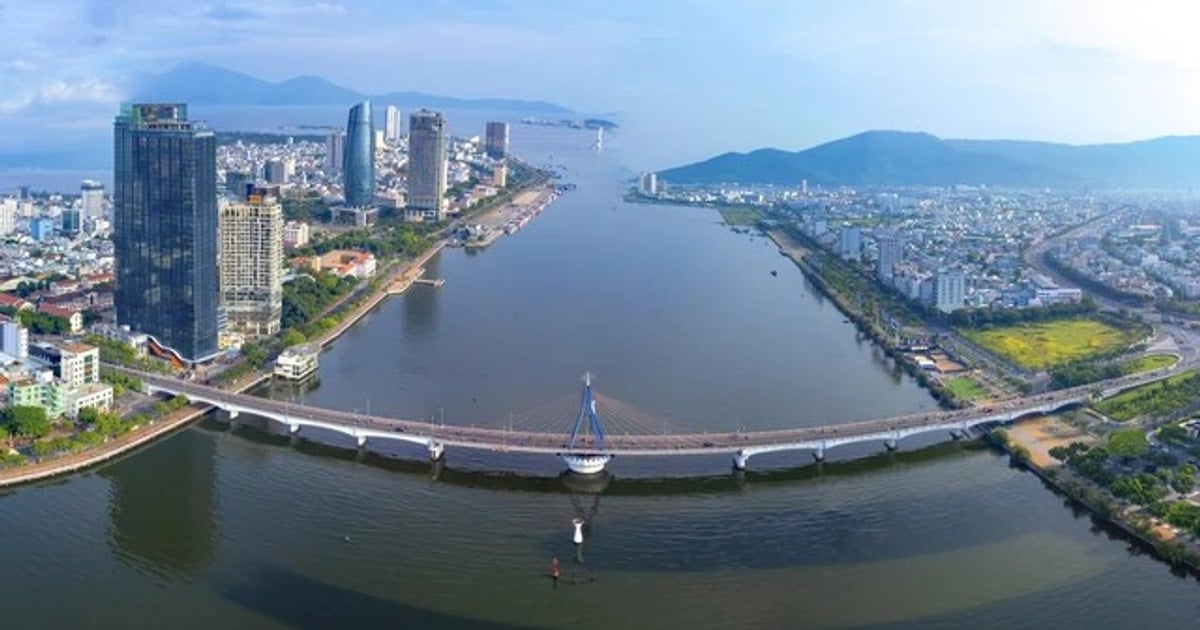

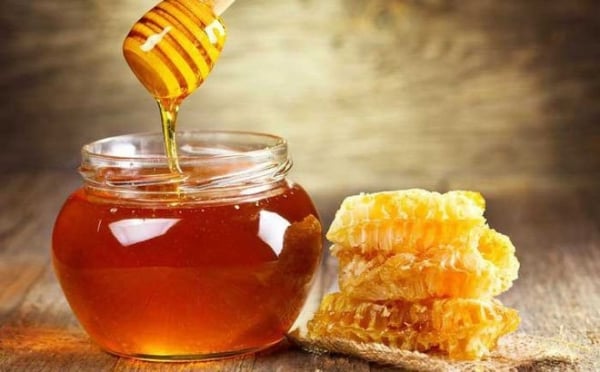
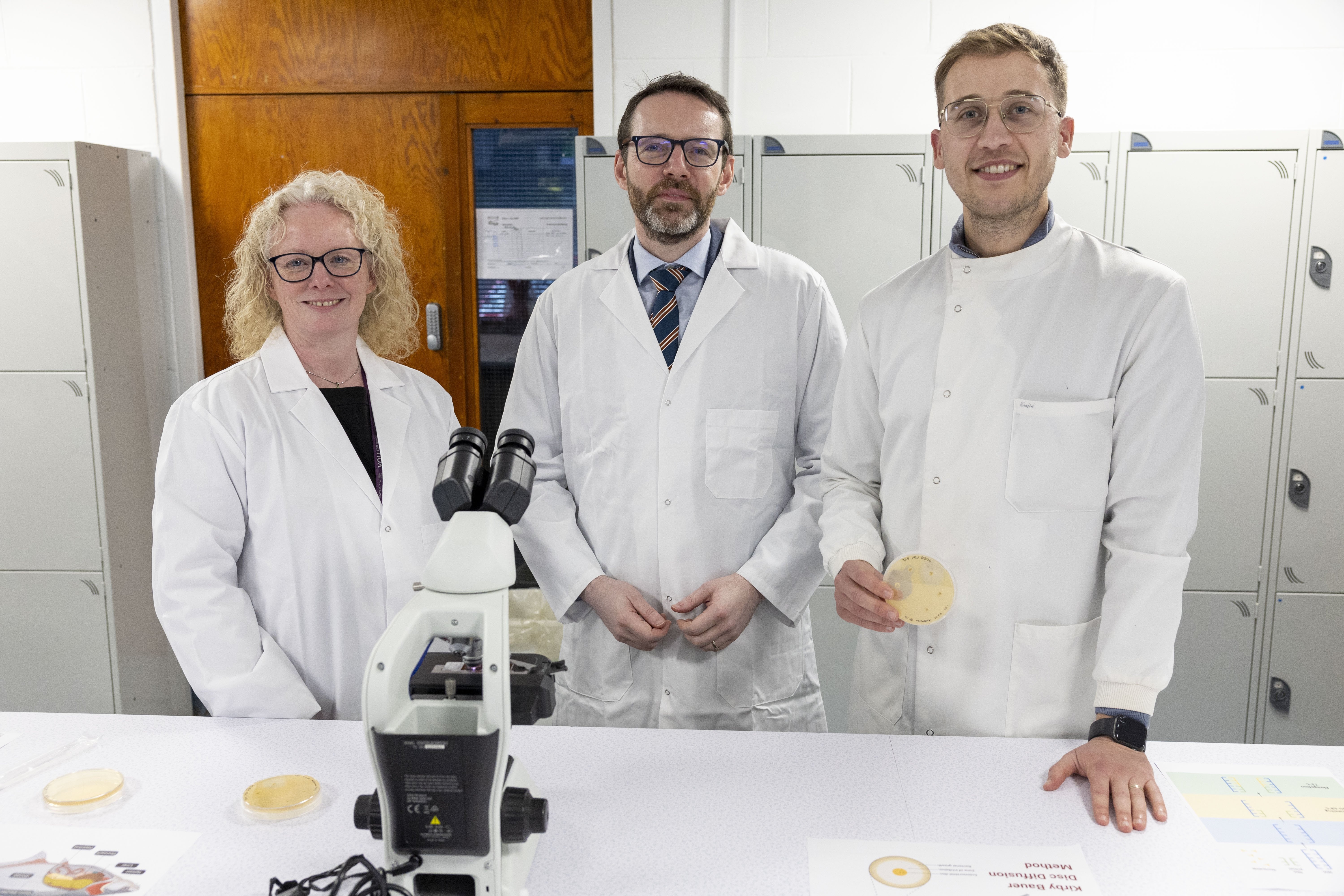
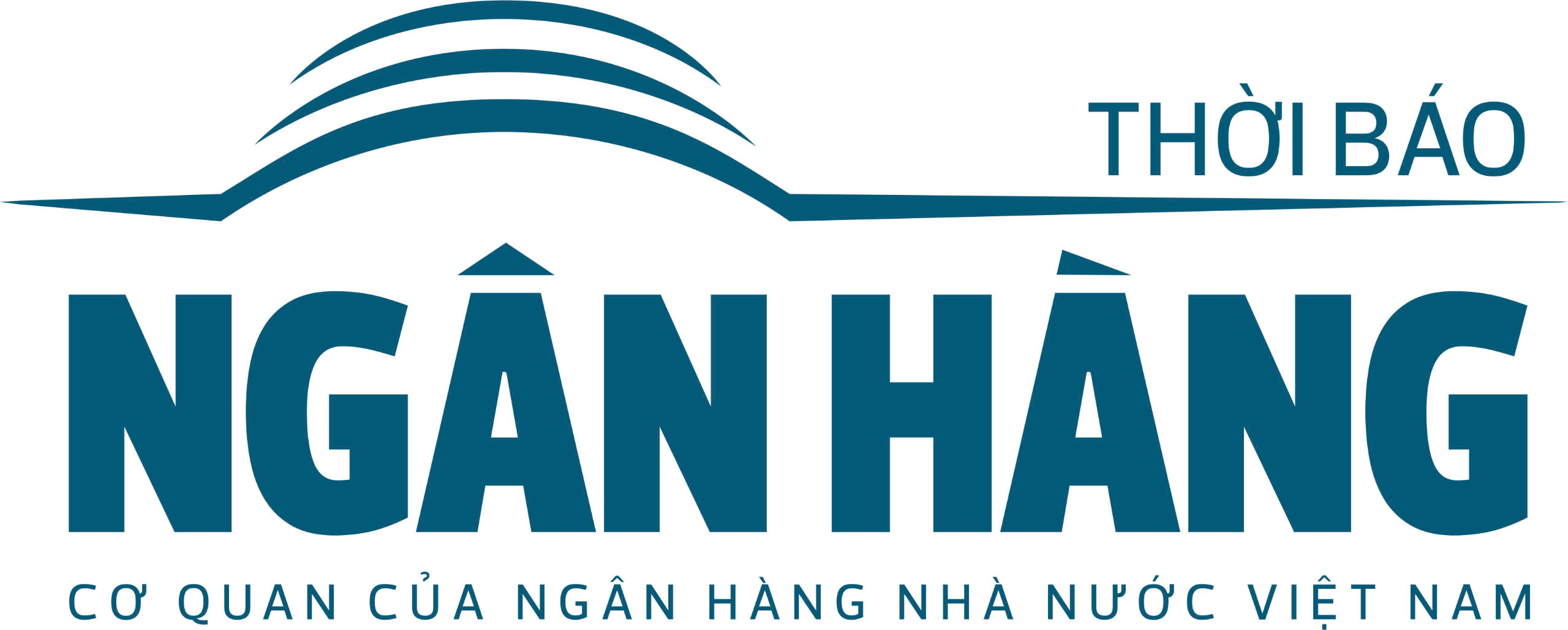




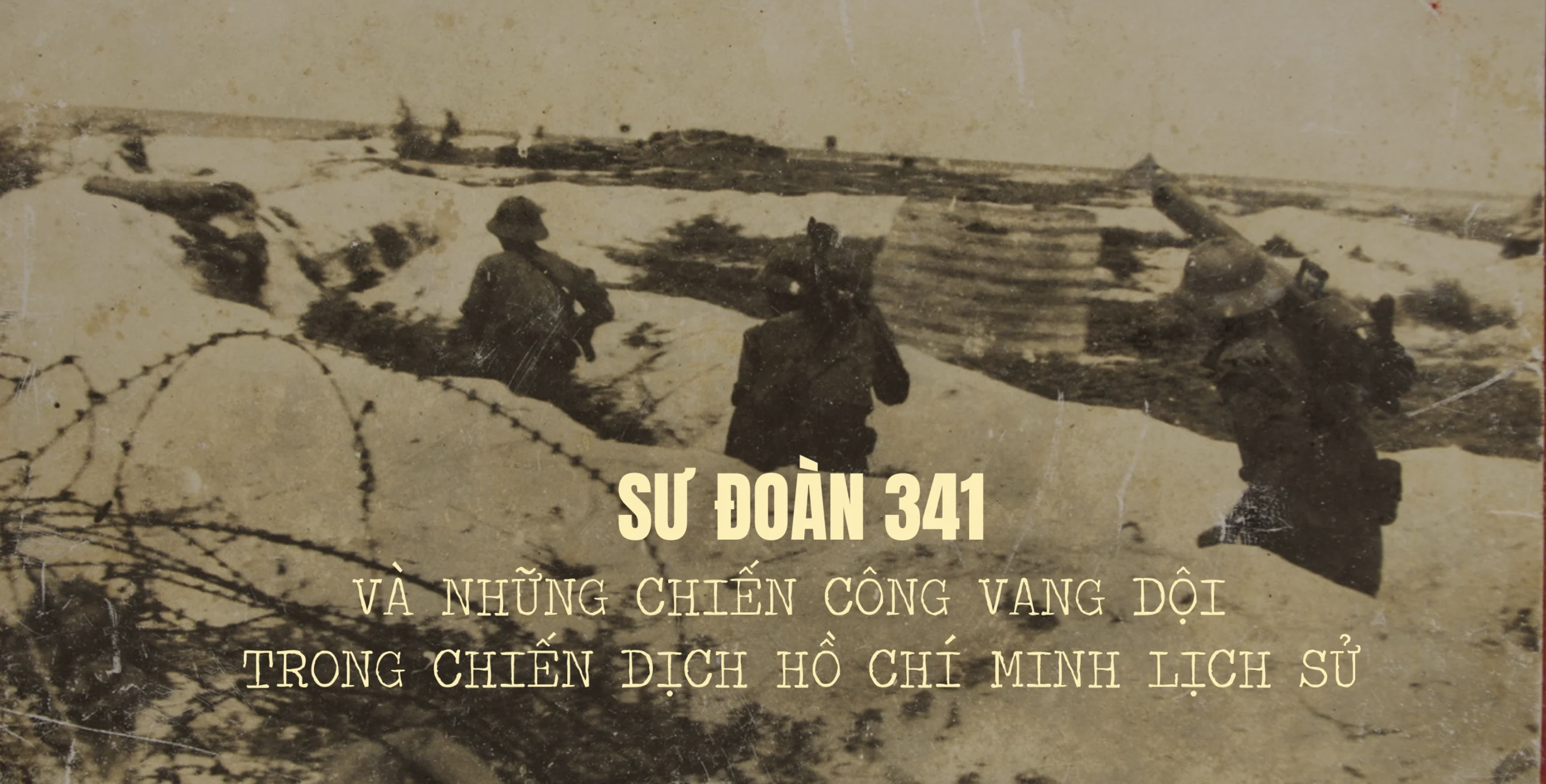





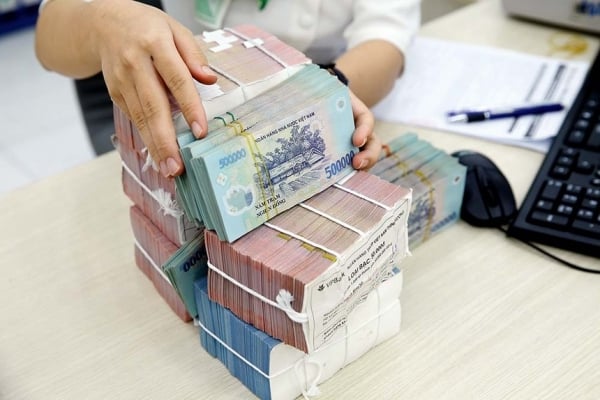
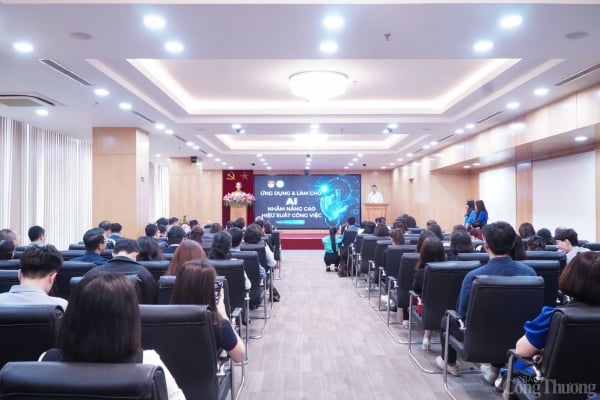
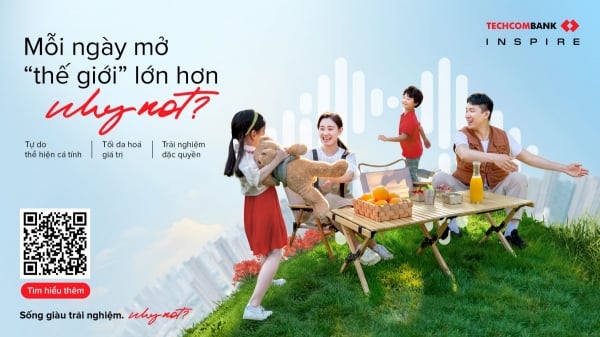
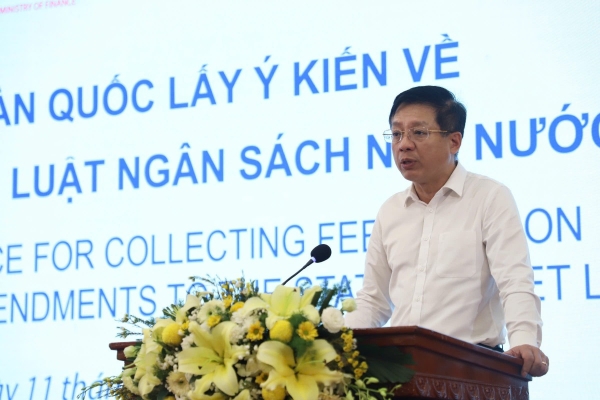
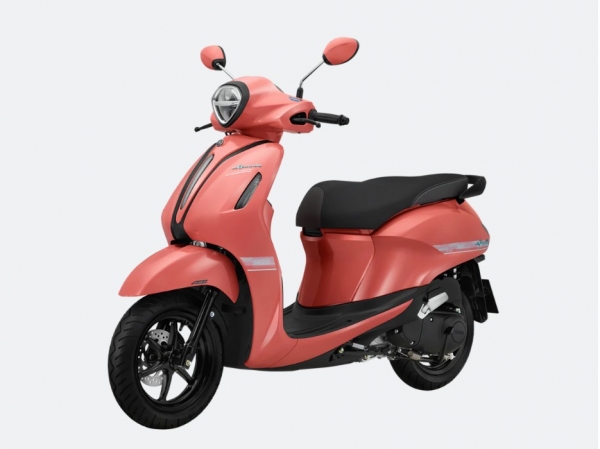
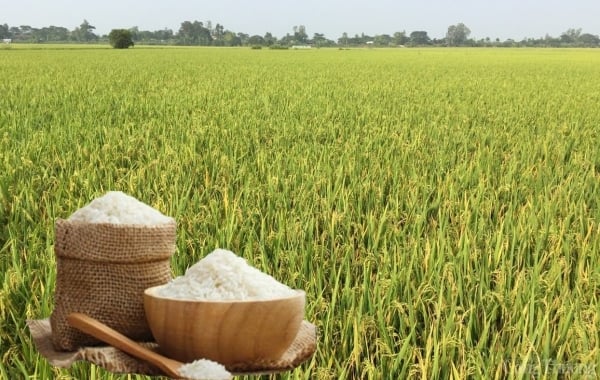
![[Photo] Prime Minister Pham Minh Chinh chairs meeting to discuss tax solutions for Vietnam's import and export goods](https://vstatic.vietnam.vn/vietnam/resource/IMAGE/2025/4/10/19b9ed81ca2940b79fb8a0b9ccef539a)




























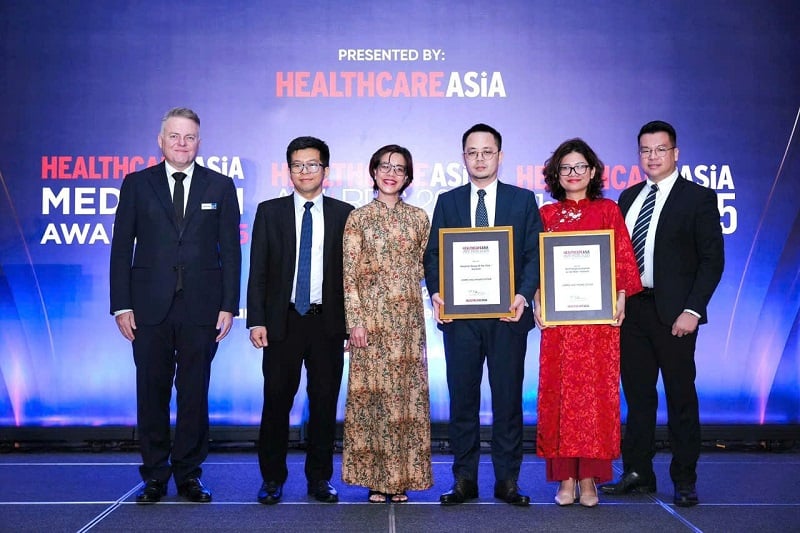

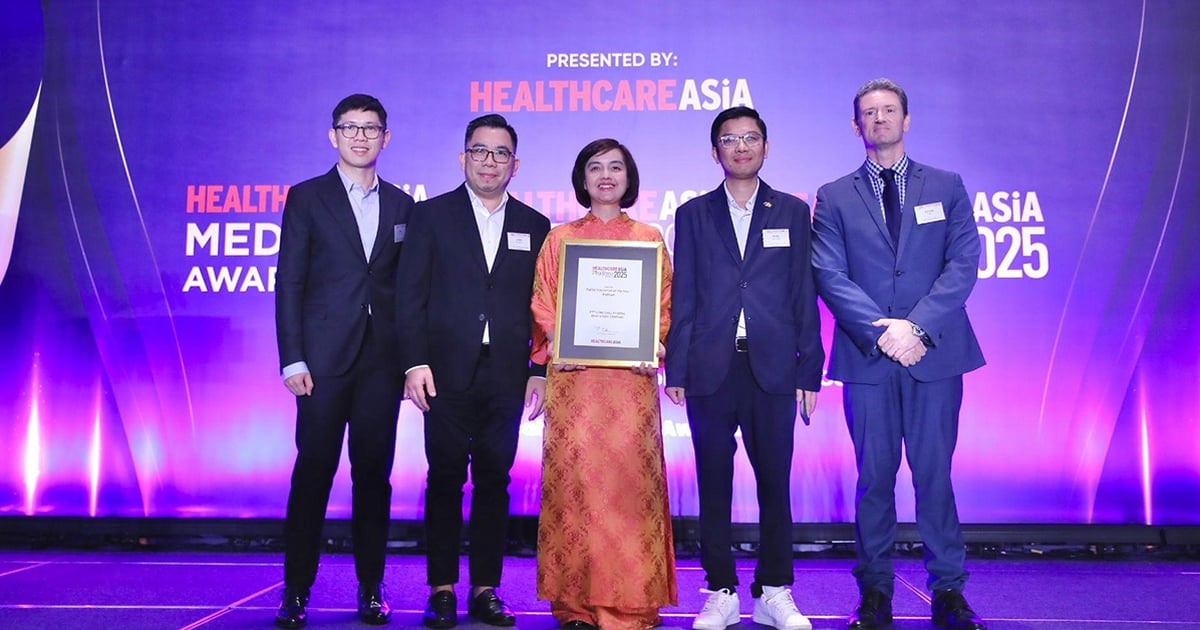










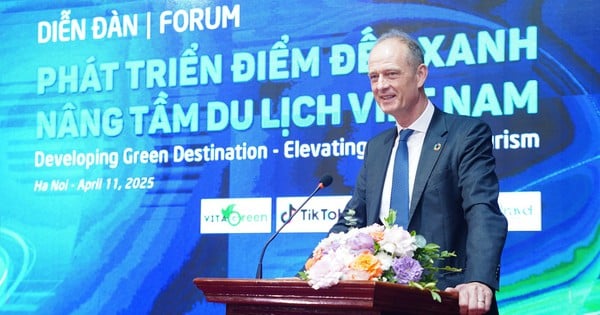




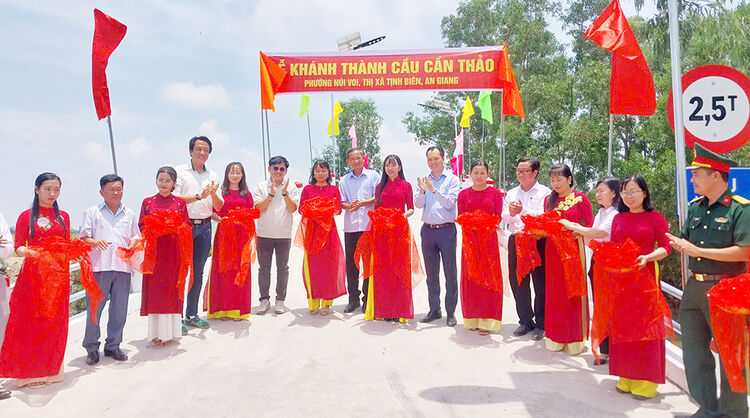






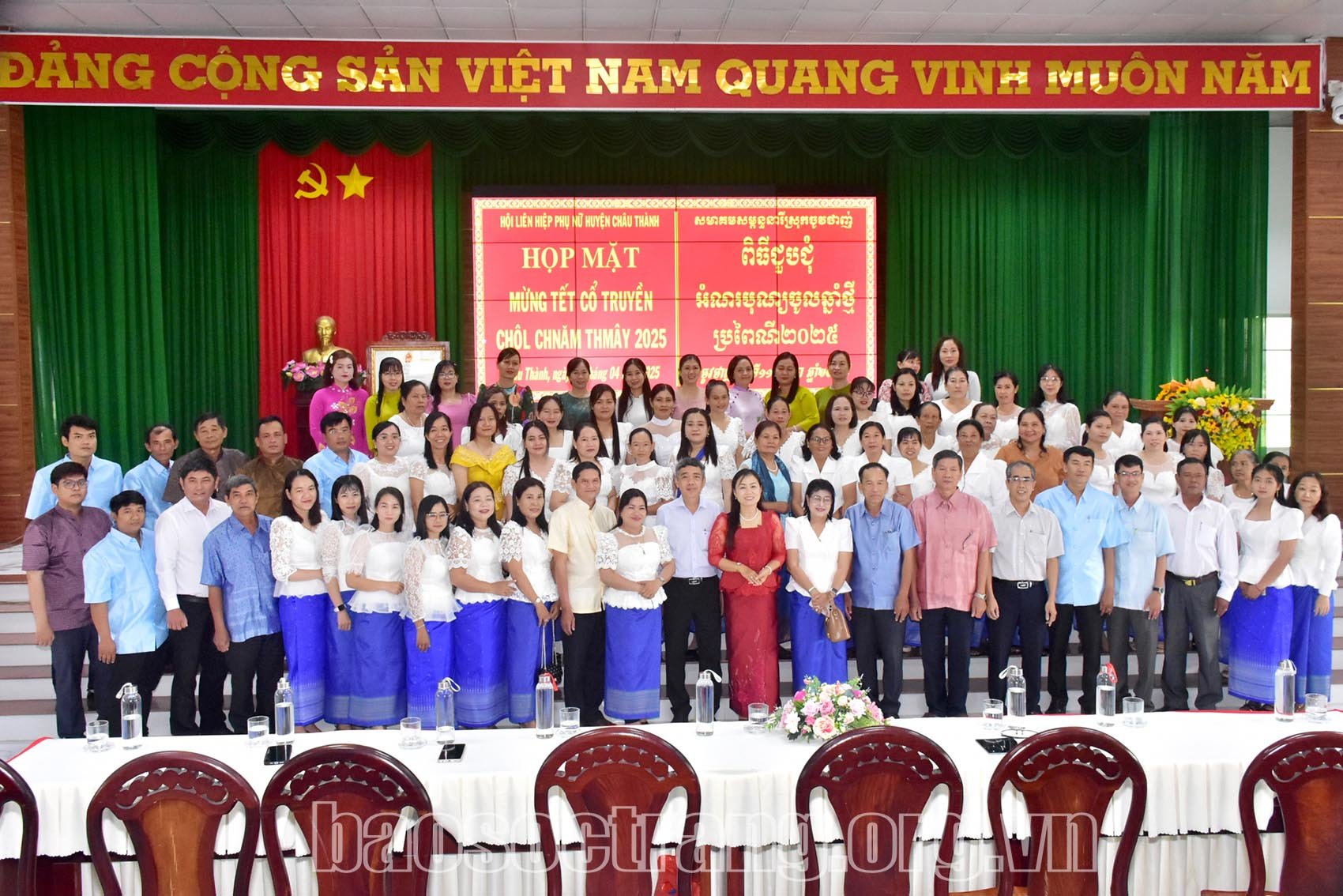











Comment (0)